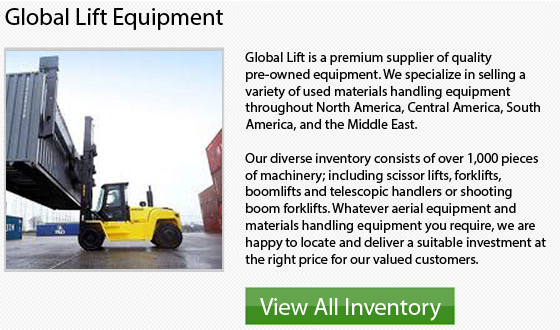
Several commercial and industrial buildings can reach heights of over 60 stories. Apparently, while these buildings are being constructed, they need equally tall cranes to be able to transport the materials to the higher floors. There are cranes that are operated from the rear of trucks or other kinds that have their own vehicle connected. Tower cranes are the biggest ones available on the market.
Tower cranes are stand-alone structures found as part of a major city's downtown skyline on high-rise building projects. When new construction like apartment buildings and skyscrapers and commercial facilities such as shopping center are being constructed, chances are a crane will be on site.
Kinds
There are two different kinds of cranes: boom crane or the jib crane. The jib is a metal frame that extends from the main section. On a flat tower crane, the jib remains horizontal when it carries items. On a luffing type of tower crane, the jib could ratchet to downward or upward angles. The lifting capacity for both types can vary from 30,000 lbs. to 10,000 lbs.
Body
The crane's body is composed of a vertical steel mast that is composed of separate sections. The parts are added to increase the overall height of the machine. The mast extends upward to wherever the desired height is, to the control module, that is a small room which has glass windows on all four sides or to the tower as it is also called. The driver of the crane works from inside of the tower.
Lift
The crane utilizes a braided metal cord to lift materials. This cord extends out from a motor situated next to the control module to the end of the jib or boom. There is a pulley system located at the end of the jib, through which the cord is positioned and lowered down. The jib which holds the cord becomes balanced by a counter jib situated on the tower's opposite side. The counter jib has weights. These weights help to prevent the crane from tipping over when heavy materials are carried.